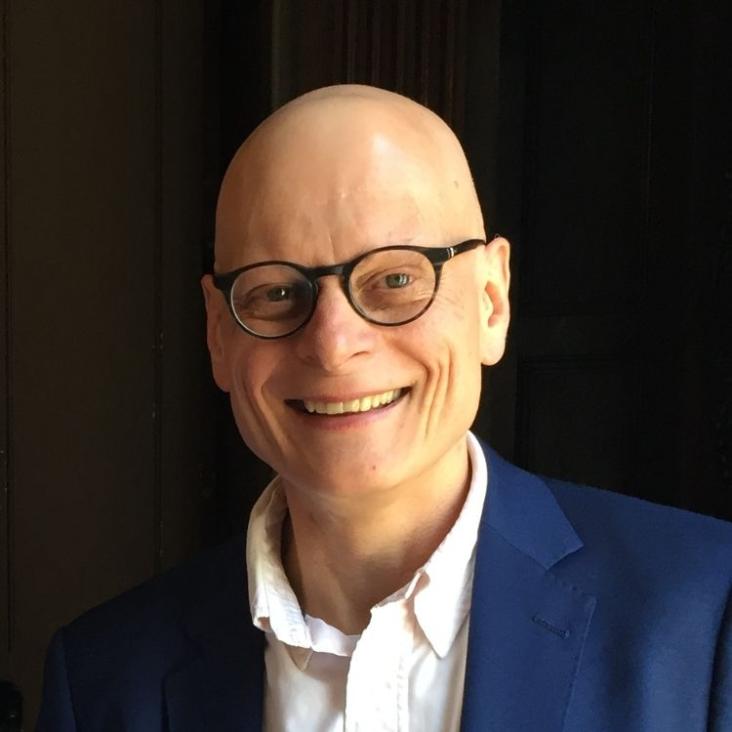Modeling of the gain distribution for diode pumping of a solid-state laser rod with nonimaging optics.
Applied Optics Optica Publishing Group 32:9 (1993) 1517-1527
Spectral quantum fluctuations in a stimulated Raman generator: a description in terms of temporally coherent modes.
Optics Letters Optica Publishing Group 17:6 (1992) 435-437
Time-resolved luminescence from coherently excited molecules as a probe of molecular wave-packet dynamics
Physical Review A American Physical Society (APS) 42:9 (1990) 5622-5626
Regenerative pulse amplification in the 10-kHz range.
Optics Letters Optica Publishing Group 15:15 (1990) 839-841
Measurement of group delay with high temporal and spectral resolution.
Optics Letters Optica Publishing Group 15:9 (1990) 492-494


